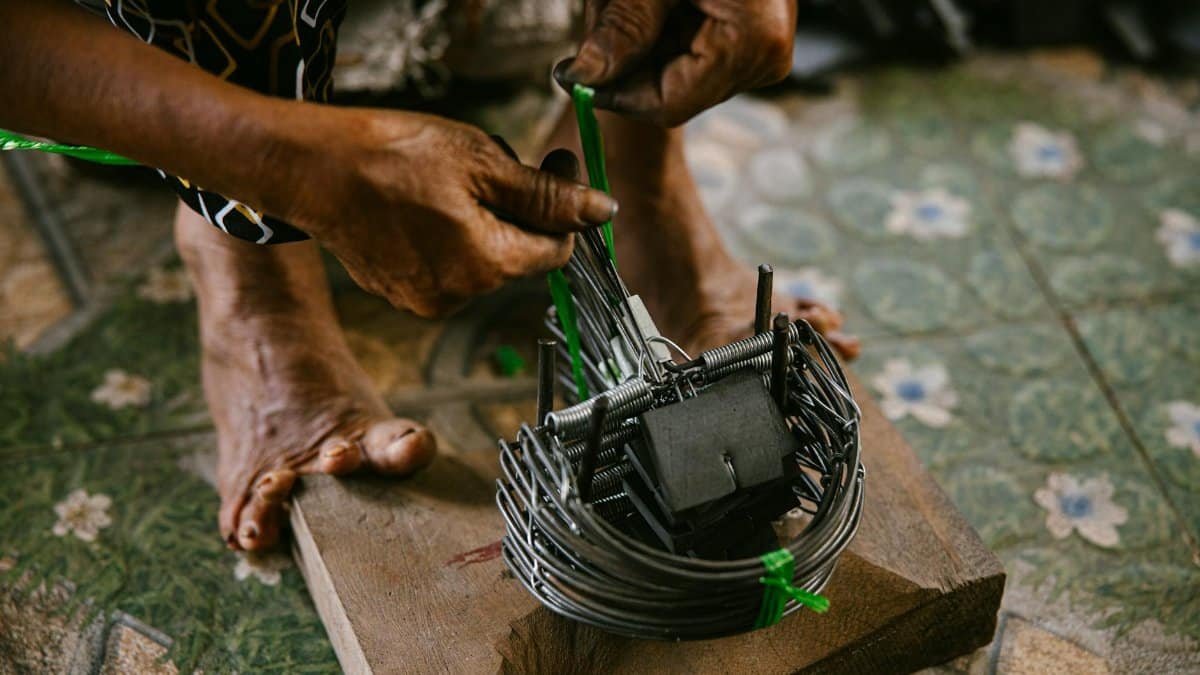Is mind-body healing really the cure-all it’s often hyped to be? For many who meditate seeking peace, anxiety still lingers, casting doubt on the practice’s effectiveness. While mind-body healing—techniques connecting mental and physical wellness—promises calm, some find their racing thoughts persist even after sessions. This disconnect raises questions about expectations versus reality. Why do some walk away from meditation feeling more stressed than when they started? Let’s unpack the reasons behind this paradox and see what’s really at play.
What Is Mind-Body Healing, Anyway?

Mind-body healing refers to practices like meditation, yoga, and breathwork that aim to sync mental and physical health. The goal is simple: reduce stress, improve focus, and foster well-being. Research from institutions like Harvard Medical School supports its benefits, showing meditation can lower cortisol levels, the body’s main stress hormone. Check out their findings at Harvard Health. Yet, for some, these practices don’t deliver the promised relief. Why?
Unrealistic Expectations Set the Trap

Many dive into meditation expecting instant Zen. They’ve seen influencers touting mind-body healing as a quick fix, but it’s rarely that simple. When calmness doesn’t arrive after a few sessions, frustration creeps in. Anxiety spikes because the mind fixates on “failing” at something supposed to be relaxing. Experts note that healing takes patience—results aren’t overnight, and expecting them can amplify stress instead of easing it.
The Mind Wanders, and That’s Normal

During meditation, a wandering mind isn’t a flaw—it’s human. Yet, for anxious individuals, every stray thought feels like a defeat. They worry about worrying, creating a vicious cycle. Studies from the National Institutes of Health show mindfulness can help over time, but only if practitioners accept distractions without judgment. Learn more at NIH Mindfulness Research. Pushing too hard for a “blank mind” often backfires.
Physical Tension Doesn’t Always Release

Anxiety isn’t just mental—it’s physical. Tight shoulders, clenched jaws, and shallow breathing can persist even during meditation. Mind-body healing aims to address this, but if someone’s body is wired for stress, sitting still might feel like a battle. Without addressing posture or pairing meditation with movement like yoga, the tension lingers, making relaxation elusive. The body needs as much patience as the mind.
Underlying Issues Can’t Be Ignored

Meditation isn’t a standalone cure. For those with deeper anxiety disorders or unresolved trauma, mind-body healing might scratch the surface but not the root. Sitting quietly can even bring suppressed emotions to the forefront, heightening unease. Therapists often suggest combining meditation with professional support to tackle underlying causes. Without this balance, the practice can feel like a Band-Aid on a bigger wound.
Overthinking the Practice Itself

Some get so caught up in “doing meditation right” that they stress themselves out. Are they breathing correctly? Sitting properly? Focusing enough? This perfectionism turns a calming tool into another source of worry. The irony is clear: obsessing over mind-body healing defeats its purpose. Experts advise letting go of rigid rules—there’s no perfect way to meditate, just the way that works for you.
How to Make It Work Despite the Anxiety

Start small—five minutes a day, no pressure. Accept that anxiety might show up, and don’t fight it. Pair meditation with grounding techniques like focusing on your breath or a physical object. If sitting still feels impossible, try a walking meditation. Most importantly, redefine success: it’s not about erasing anxiety but noticing it without letting it take over. Small shifts build over time.
